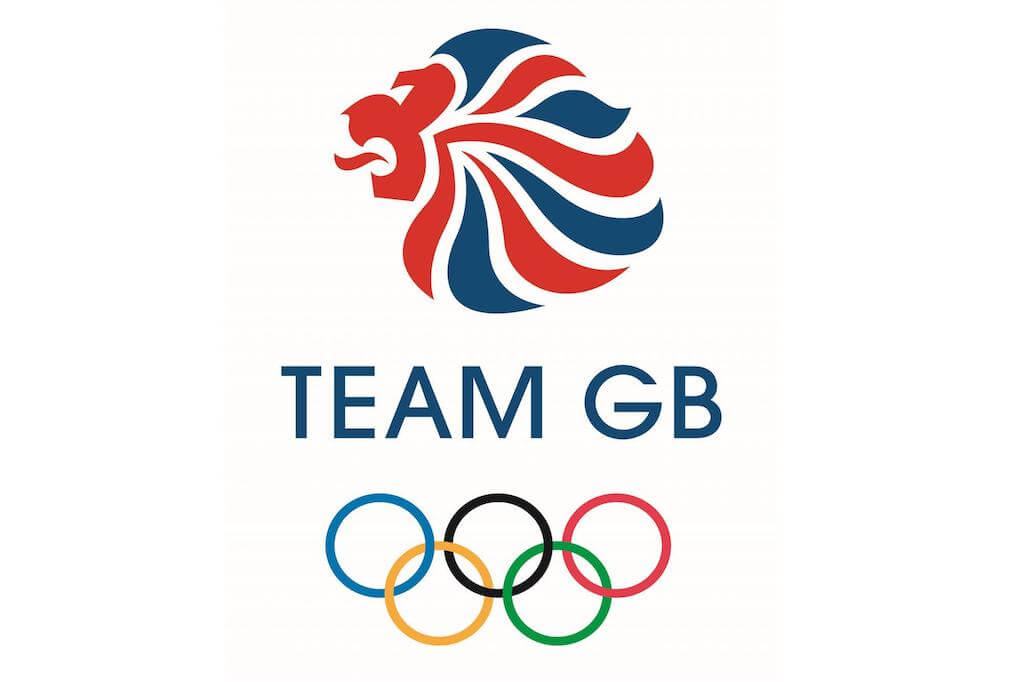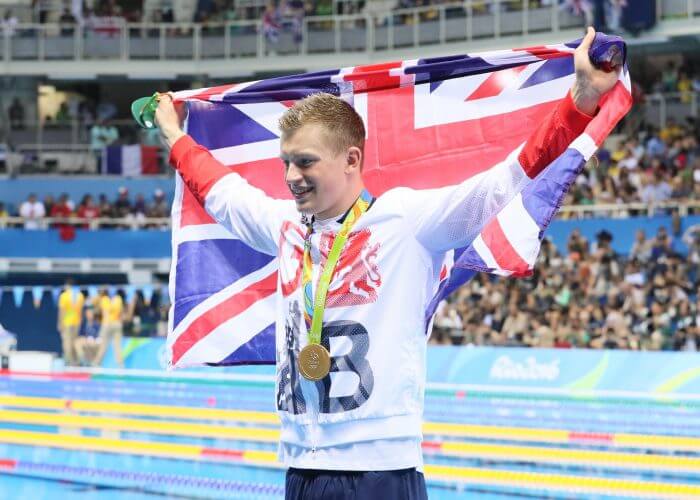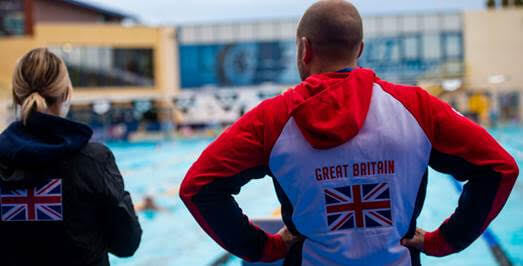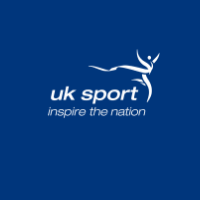UK Government Issues Guidelines For Elite Athletes To Return To Training; British Swimming Responds

The UK Government have issued guidance on how elite athletes can return to training in Britain as lockdown measures against the coronavirus are eased.
A working group comprising the Department for Digital, Culture, Media and Sport (DCMS), Public Health England (PHE), the Department for Health and Social Care (DHSC) and UK Sport collaborated with major sports governing bodies.
Different sports are expected to return to training at different times while they are urged to make athlete welfare their top priority.
Measures include;
- Athletes opting to return to training with individual sports agreeing on the conditions for the resumption.
- All athletes and support staff to have one-to-one assessments prior to their return.
- Each sport to name an existing member of staff as COVID-19 officer as well as appointing a COVID-19 medical officer.
- Social distancing measures to be applied with people keeping two metres apart.
The return will be in two phases with the statement issued by the government reading:
“Step One of return to training can be described as a return to a level of organised individual programme training in a defined performance facility while adhering to the government social distancing advice (. This might be individual training or groups of individual athletes training in the same facility/space but adhering to social distancing and other steps to minimise the spread of COVID-19. Under step one, travel to training venues is also permitted.
“A move to Step Two will be characterised by the allowance of a level of ‘social clustering’ within the training environment where small groups of athletes and staff will be able to interact in much closer contact (e.g. close quarters coaching, combat sports sparring, teams sports tackling, equipment sharing, etc). The additional guidance necessary for operating under step two will be finalised and communicated once when the government has agreed to move to this step, following advice from PHE and medical experts that it is safe to do so.”

Adam Peaty: Photo Courtesy: David E. Klutho-USA TODAY Sports
British Swimming has convened a working group which will identify the elite athletes to which these guidelines apply.
So too does the governing body anticipate that the elite training centres will reopen before the club programmes.
They released a statement saying:
“British Swimming would like to thank the UK Government for its support as guidance was released on how Olympic and Paralympic level athletes can return to sport.
“British Swimming has been working with UK Sport and many other National Governing Bodies to produce a blueprint outlining how and when elite sportsmen and women can return to training and ultimately competition.
“Whilst athlete and staff health and wellbeing remain our absolute priority, it is great we are able to further our planning in anticipation for a return to training. A working group is already dissecting the government advice and guidelines, but given the unique and complex nature of the situation, we will undertake a thorough piece of planning to ensure we get this right.
“As per the definition of ‘elite athletes’ in the UK Government guidance, British Swimming will announce as soon as possible the ‘elite athletes’ to which this guidance applies. For clarity, no athletes outside those named by British Swimming will be covered by this guidance, and therefore they will not be permitted to train at this point.
“It is looking ever more likely that elite training centres will be able to open before club programmes, however we are liaising with our three home nation’s partners in England, Scotland and Wales on how other aquatics activity can resume.”

GBR Coaches Photo Courtesy: British Swimming
Chief Executive Jack Buckner welcomed the update while also calling for patience in ensuring the guidelines are implemented correctly.
So too did he urge caution with open water swimming again permitted in Britain.
“Whilst this first phase of ‘returning to training’ is an important step for our elite squad of athletes across the aquatics disciplines, I understand the wider aquatics community will also be keen to get back in the water, but for now I encourage you to be patient as your time will come in the hopefully not too distant future.
“The Prime Minister’s update confirmed that open water swimming is permitted, subject to following current social distancing rules, from Wednesday 13th May. British Swimming would however express caution if doing so, given the natural dangers of this element of the sport, not limited to cold water temperatures and the lack of lifeguards at open water venues.
“It is also worth noting that each of our core sports will be working to their own timelines, such is the complexity of each individual discipline, their geographical spreads, training venues, as well as athlete health and safeguarding.
“Once finalised plans are in place, British Swimming will communicate with athletes and staff first and then the general public on how it plans to return to the water.”
Some of the guidelines included in a lengthy document are as follows:
- The appointment by each sport of a COVID-19 officer responsible for the supervision of COVID-19 risk assessments and ensuring the necessary levels of risk mitigation are in place.
- A COVID-19 medical officer will lead on ensuring any suspected or confirmed cases of the virus are managed as well as overseeing the return of those athletes to training. They will also support the COVID-19 officer.
- Training can only resume when government guidelines on social distancing can be followed.
- Risk assessment and risk mitigation plans to be in place before the resumption of Step One training at each venue. This includes:
- Ensuring all athletes and staff are aware of the risks and all mitigating steps being taken. It will be for individual sports to agree with their athletes any conditions for their return.
- Agreeing on how athletes and staff deemed vulnerable or in a household with vulnerable individuals interact with the training environment.
- Outlining how regular screening for COVID-19 symptoms will take place before each entry to the training environment.
- Protocols on how to manage any person who becomes symptomatic at the venue and how staff who are returning to the training environment from isolation due to suspected or confirmed cases of COVID-19 or other COVID-19 related reasons should be medically assessed prior to return.
- Ensuring any practitioners who need to work in close contact with potentially symptomatic athletes have access to personal protective equipment (PPE).
- All athletes and support staff will have a 1:1 check-in prior to the resumption of organised Step One training to ensure they have understood the sport-specific risks and mitigations and the training site protocols in place and that they are physically and mentally well enough to engage in returning to training and have actively ‘opted in’.
- It will be for individual sports to agree with their athletes any conditions for their return. All athletes and staff should also be clear on their route to ‘opt out’ of the organised training environment under Step One conditions at any time without unreasonable steps being taken against them.

Photo Courtesy: UK Sport Twitter
Sally Munday, CEO of UK Sport, said:
“This guidance has been developed with input from athletes and experts including CEOs, Chief Medical Officers, Performance and Operations Directors representing Olympic, Paralympic and professional sport.
“It is important to note that the publication of this guidance does not mean that all Olympic and Paralympic sports and athletes should return to training straight away and indeed, we fully expect different sports will return to training at different times. Each sport will need to make a risk assessment against the guidance and determine what is best for both their athletes and staff.
“The choice to return to training is also a personal one. Every sport is different and everyone’s personal circumstances are different and whilst clearly there are many who are keen to return to training as soon as possible, there are those who will have genuine concerns or personal circumstances that make this challenging. As always, we are urging all sports to continue to make the welfare of athletes and staff their number one priority.
“We are therefore asking all sports to work through the guidance carefully, to give confidence to both athletes and support staff that they can “opt in” to any return to training safely. Ultimately the decision on when to return to organised training must be taken by each sport, in conjunction with relevant training facility providers, understanding all of the complexities and intricacies of individual sports.”



